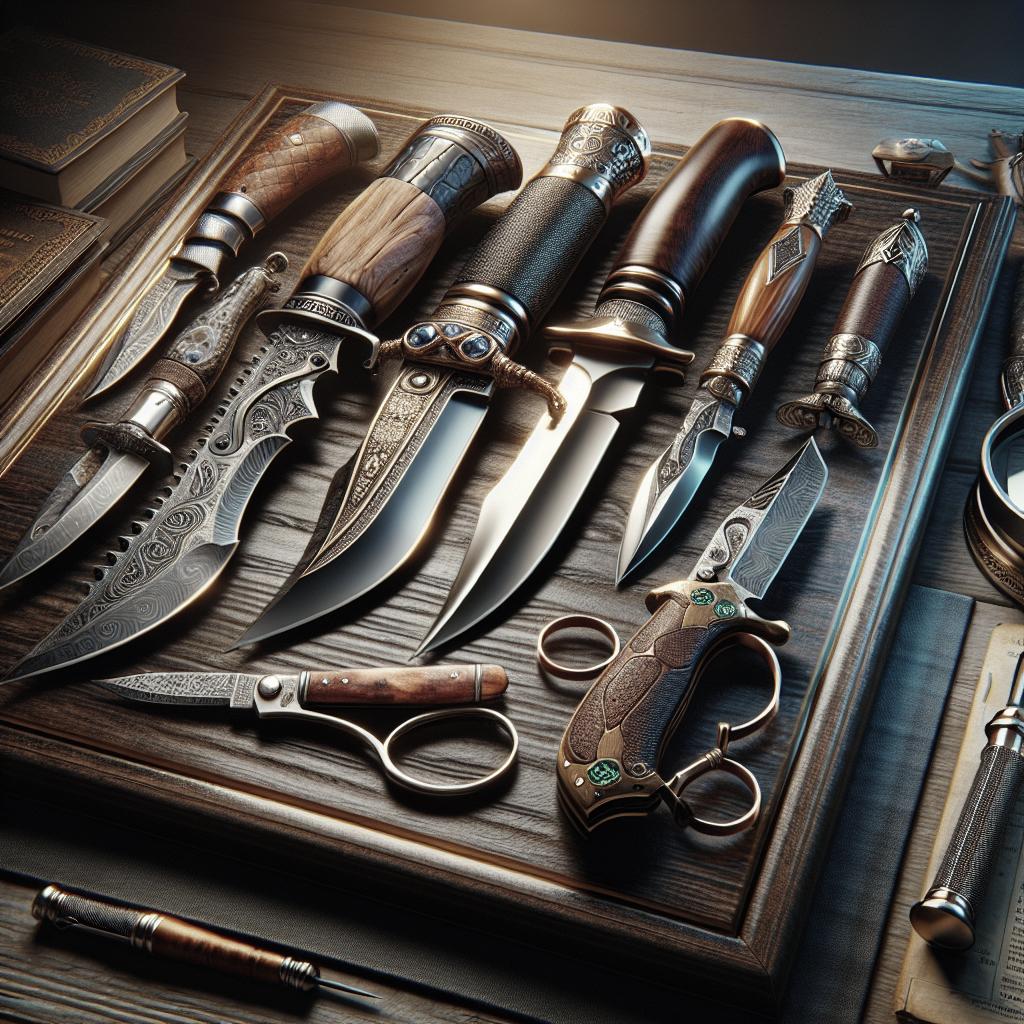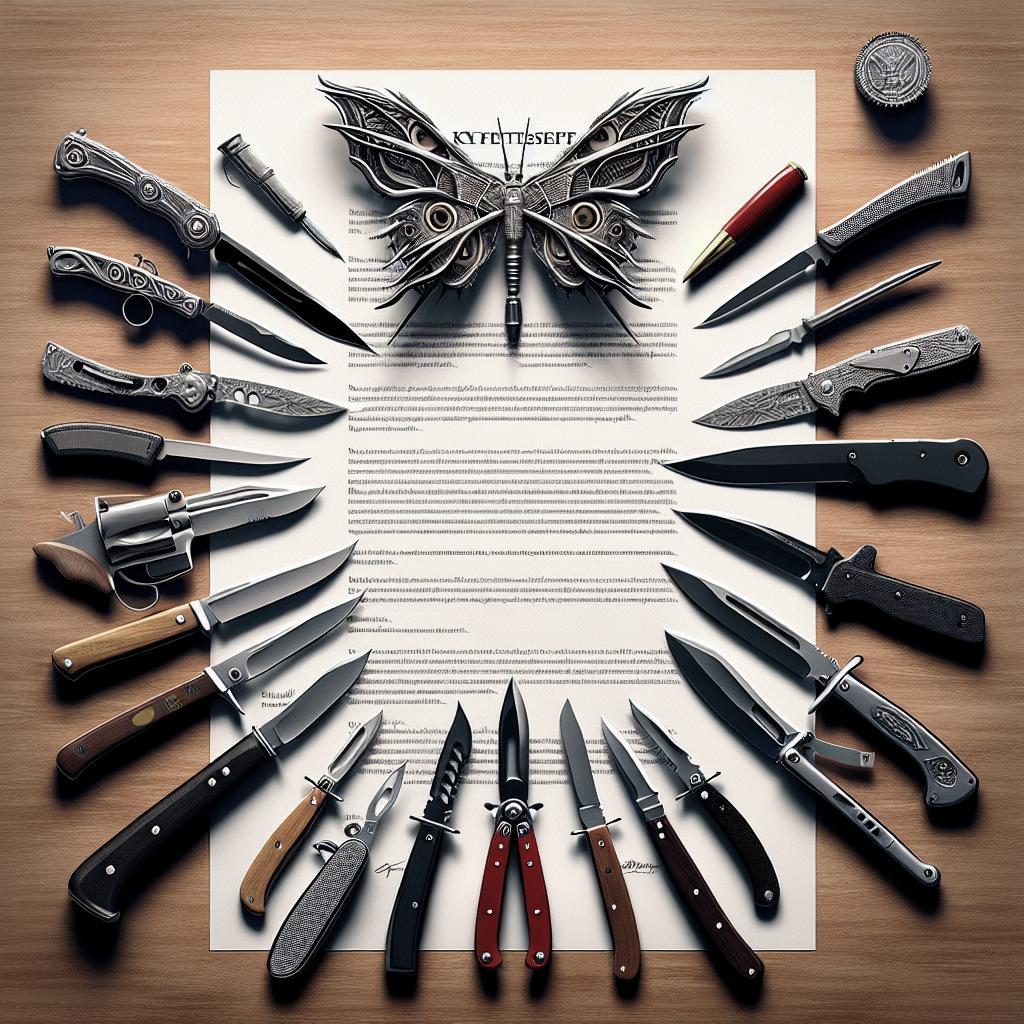Japanese vs. German Kitchen Knives: A Comprehensive Comparison
In the world of culinary arts, the choice of knife can make a significant difference. Both Japanese and German kitchen knives are iconic in their own right, each offering unique characteristics and benefits that set them apart. This article delves into these distinctions, exploring various aspects such as design, blade angle, steel quality, hardness, construction, and usage. Whether you are a professional chef or a home cook, understanding the intricacies of these knives can guide you in selecting the perfect tool for your needs. Join us as we unpack the fascinating world of kitchen knives, where tradition meets innovation.
The Knife Design That Broke People’s Brains 21 Years Ago Is Back and Better Than Ever
21 years ago, a revolutionary knife design emerged, captivating culinary enthusiasts around the world. This knife wasn’t just a tool; it was a symbol of precision, craftsmanship, and cultural heritage. Fast forward to today, and that pioneering design is experiencing a renaissance, blending modern innovation with timeless tradition. The revival of these knives demonstrates a renewed appreciation for their unique engineering and aesthetic qualities, captivating a new generation of chefs and food aficionados.
As we dive deeper into the contemporary iterations of these iconic knives, one thing becomes clear: the fusion of past and present is more than just nostalgic. It brings to the forefront the importance of maintaining cultural craftsmanship while adapting to the evolving needs of modern-day cooking. The resurgence of this iconic design emphasizes functionality without compromising on the artistic elements that made it a legend in the culinary world.
Design
The design of Japanese kitchen knives is often characterized by their lightweight construction and elegant appearance. These knives typically feature a thinner blade, providing precision for tasks that require delicate cutting. The handle is generally more ergonomic, offering excellent balance and control, making it ideal for detailed work.
In contrast, German kitchen knives are designed with durability and heft in mind. Their blades are thicker, enabling them to handle hard materials and heavy-duty cutting tasks with ease. The handles are usually robust and provide a comfortable grip, which is essential for countering the extra weight of the blade. Both designs reflect their respective culinary cultures, with Japanese knives excelling in precision and German knives in endurance and resilience.
Blade Angle
The blade angle of Japanese knives is often more acute, ranging between 12 to 15 degrees per side. This sharp angle allows for incredibly precise cuts, making them perfect for delicate slicing and dicing. The sharper edge, however, requires more maintenance and care to prevent edge damage and dulling.
German knives, on the other hand, typically feature a blade angle of around 20 degrees per side. This broader angle results in a more robust edge that can handle heavy-duty use and tougher cuts without chipping. The less acute angle also means these knives are slightly easier to maintain and sharpen, providing a reliable cutting edge for everyday use.
Steel
Japanese knives are renowned for their use of high-carbon steel, which facilitates sharper edges and excellent edge retention. This type of steel is harder, allowing the blade to maintain its precision cutting capabilities longer. However, high-carbon steel can be more susceptible to rust and corrosion, requiring proper care and drying after use.
German knives often utilize stainless steel, known for its strength and resistance to rust and tarnishing. While stainless steel knives may not achieve the same degree of sharpness as their high-carbon counterparts, they present a balance of performance and low maintenance, making them ideal for busy kitchens where longevity and resilience are favored.
Hardness
The hardness of a knife blade is measured on the Rockwell scale, and Japanese knives generally fall within a range of 60 to 62 HRC. This higher hardness level is responsible for their exceptional sharpness and edge retention. However, it also means the blades are more prone to chipping if used improperly.
German knives typically measure between 56 to 58 HRC, which indicates slightly softer steel. Although this means the blade might need more frequent sharpening, it also results in greater toughness and the ability to withstand rougher handling without damage. This hardness level is better suited for versatile kitchen applications where durability is a priority.
Construction
The construction of Japanese knives often involves a single bevel design, where one side of the blade is sharpened while the other remains flat. This produces an extremely sharp edge, perfect for precise cuts and traditional Japanese cooking techniques. Many Japanese knives are handcrafted, showcasing exceptional craftsmanship and attention to detail.
Conversely, German knives typically feature a double beveled edge, providing a more balanced cut for a variety of kitchen tasks. Their construction often involves forging from a single piece of high-quality steel, enhancing the blade’s strength and endurance. These knives are often mass-produced but maintain a high standard of quality control.
Usage
Japanese kitchen knives are well-suited for tasks that require precision and finesse, such as slicing sashimi or cutting vegetables with intricate patterns. They are best utilized by those who appreciate and can commit to their maintenance needs, providing rewarding results for careful use.
German knives, however, are designed for versatility and can handle a wide range of culinary tasks, from chopping through bone to slicing dense, fibrous vegetables. They are the go-to choice for chefs and home cooks seeking durability and ease of maintenance. These knives offer reliability and robustness, making them a staple in kitchens worldwide.
Final Thoughts
Choosing between Japanese and German kitchen knives ultimately comes down to personal preference and kitchen needs. Japanese knives, with their sharpness and precision, cater to culinary artists focused on detail and delicacy. German knives, being robust and versatile, serve as workhorses in any kitchen, excelling in both resilience and stability.
Summary
| Category | Japanese Kitchen Knives | German Kitchen Knives |
|---|---|---|
| Design | Lightweight, ergonomic, thin blade | Durable, robust, thick blade |
| Blade Angle | 12-15 degrees, sharp but requires care | 20 degrees, robust and easy to maintain |
| Steel | High-carbon steel, sharper edge | Stainless steel, rust-resistant |
| Hardness | 60-62 HRC, sharper but prone to chipping | 56-58 HRC, durable for tough tasks |
| Construction | Single bevel, handcrafted | Double bevel, mass-produced |
| Usage | Precision slicing and delicate tasks | Versatile, tough for heavy-duty use |


